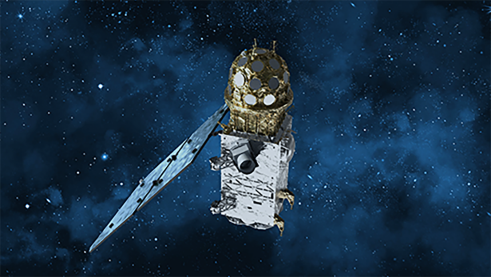The satellite project of gravitational wave high-energy electromagnetic counterpart all sky monitor (gecam) is one of the scientific satellites approved by the strategic leading science and technology project "Space Science (phase II)" of Chinese Academy of Sciences. On December 4, 2018, the project was officially approved by the Chinese Academy of Sciences. The project is planned to be launched by the end of 2020, and the satellite will be in orbit for three years.
Gecam satellite specially aims at the research opportunity of gravitational wave gamma ray bursts (i.e., high-energy electromagnetic counterpart of gravitational waves). Through the layout of two satellites on both sides of the earth, it monitors the high-energy radiation phenomena such as gravitational wave gamma bursts in orbit, and solves the mystery of intense merging of dense celestial bodies in the universe. At the same time, we can understand the mechanism of solar bursts, solar bursts, solar bursts, and so on.
Gecam satellite is one of the most important high-energy telescopes in the "multi band, multi messenger" astronomical era because of its all sky field of view, high sensitivity, high-precision positioning ability, wide band energy spectrum measurement ability and the ability to distinguish between gamma ray bursts and space charged particle events.


